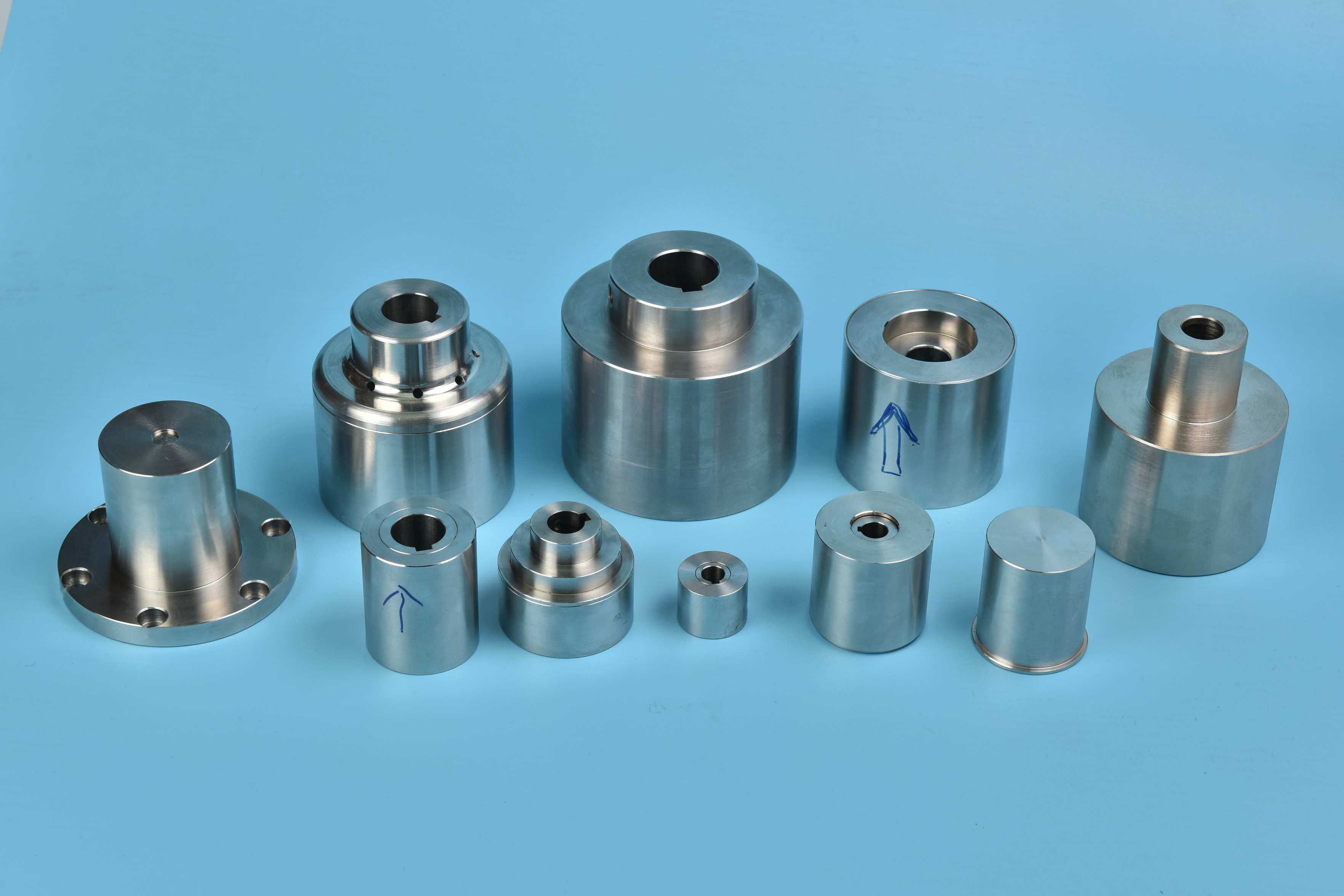
The Weight Paradox of Magnetic Wheels: Why Lighter Can Mean Stronger Adhesion?
![]() :2025-07-07
:2025-07-07
![]() :252
:252
The Weight Paradox of Magnetic Wheels: Why Lighter Can Mean Stronger Adhesion?
A fundamental misconception plagues climbing robot design - the belief that heavier magnetic wheels inherently provide more reliable adhesion. In reality, excessive weight creates a self-defeating cycle: more mass requires stronger magnets to support it, which adds more weight, demanding even stronger magnets. This vicious circle not only drains battery life but can actually reduce safety margins during critical maneuvers.
The paradigm shift came when we stopped asking "how strong can we make these magnets" and started asking "how efficiently can we use the magnetism we have." Our ultra-light magnetic wheels weigh 60% less than conventional designs yet provide 20% better adhesion through three key innovations:
First, the Halbach array configuration concentrates magnetic flux precisely where needed, eliminating the wasteful "spray" pattern of traditional designs. Second, graphene-enhanced composite wheel structures provide rigid support without metal's weight penalty. Most importantly, our dynamic adhesion control system continuously adjusts magnetic output based on real-time load sensors - something impossible with static, overweight wheels.
The benefits compound exponentially. One aircraft manufacturer reduced their wing inspection robot's weight from 18 kg to just 7 kg, allowing it to access previously unreachable areas near wingtips. An underwater pipeline inspection team doubled their mission duration because the robots weren't constantly fighting their own mass. Even more crucially, in emergency scenarios like nuclear containment breaches, lighter robots can be deployed faster and retrieved more easily when every second counts.
This isn't just about shaving grams off a specification sheet. It's about fundamentally rethinking the relationship between mass, magnetism, and mobility to create climbing robots that can go farther, last longer, and perform better where it matters most.


 chenwanshu8@gmail.com
chenwanshu8@gmail.com  Huakai Square, Nancheng Street, Dongguan City, Guangdong Province
Huakai Square, Nancheng Street, Dongguan City, Guangdong Province  61 Wangsha Road, Hongmei Town, Dongguan City, Guangdong Province
61 Wangsha Road, Hongmei Town, Dongguan City, Guangdong Province





 +86 136 6287 1206
+86 136 6287 1206

